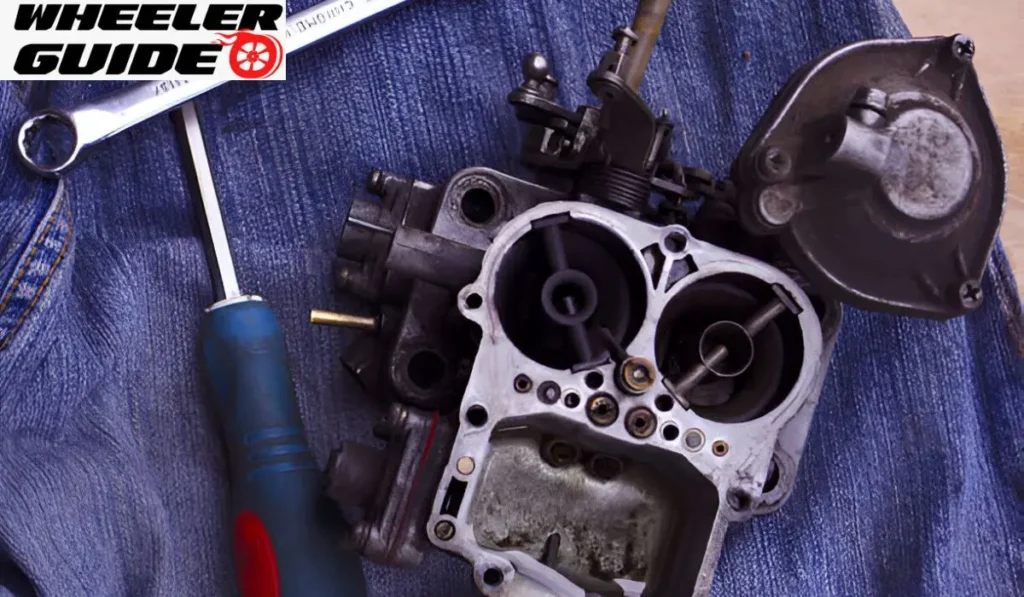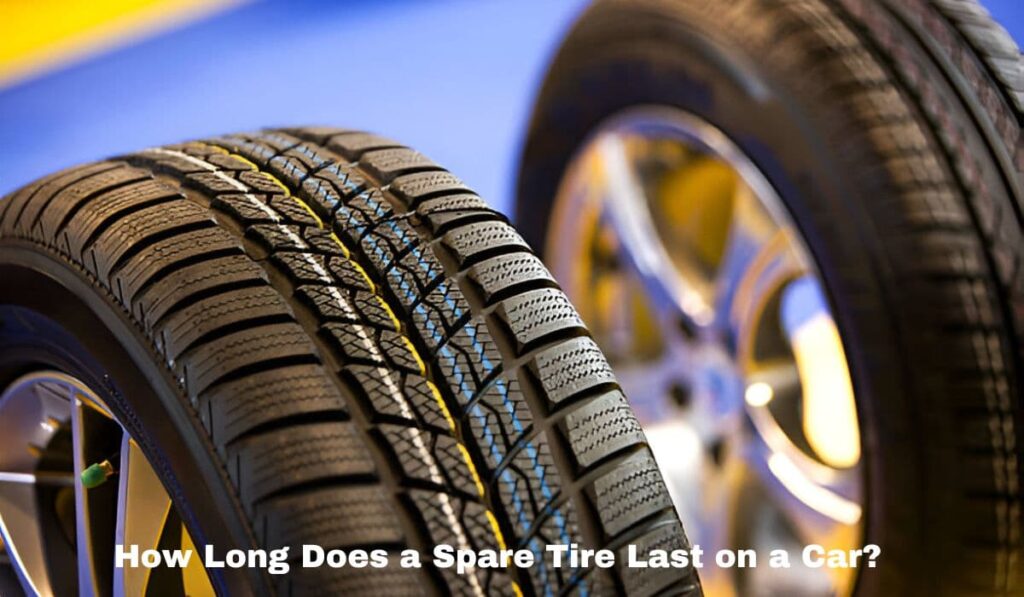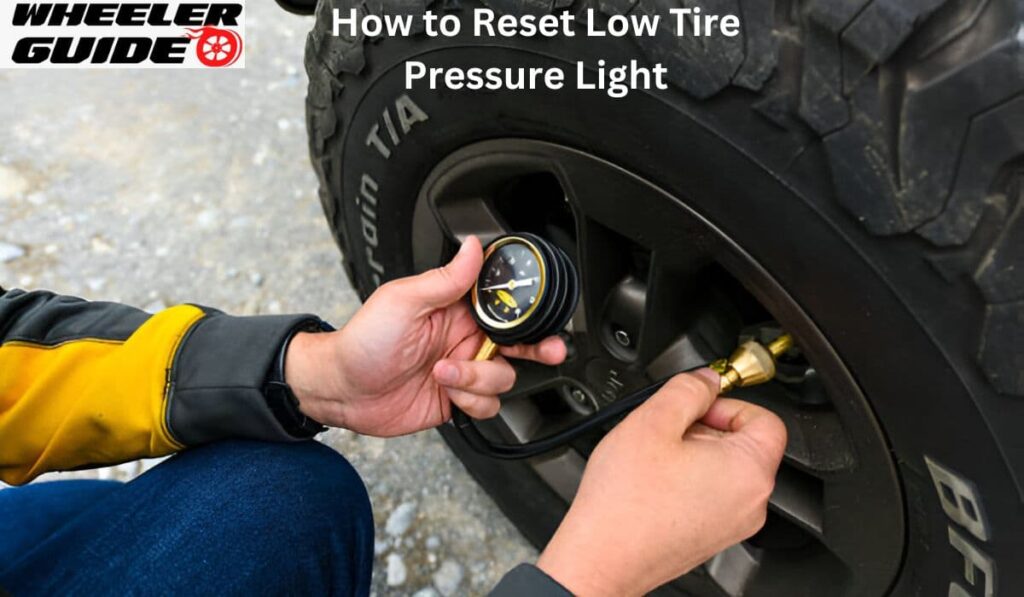A one way bearing allows rotation in one direction while preventing movement in the opposite direction. This unique component plays a vital role in many mechanical systems. When it starts to fail, it can cause issues that affect the entire machine.
Recognizing the signs of a bad one way bearing is crucial for timely maintenance. Common symptoms include unusual noises, vibrations, and reduced performance of the equipment. These signs often resemble those of a bad wheel bearing, which can include grinding sounds and uneven tire wear.
Proper diagnosis of a failing one-way bearing involves careful inspection and testing. Regular maintenance can help prevent premature wear and extend the lifespan of this important part. By understanding the symptoms and taking prompt action, machine operators can avoid more serious problems down the line.
Identifying Common Symptoms
Bad wheel bearings can cause several noticeable issues. These problems often start small but get worse over time. Let’s look at the main signs to watch for.
Noise Development
Unusual sounds are often the first clue of bearing trouble. A bad wheel bearing may make grinding noises when the car moves. This grinding can get louder as you drive faster.
You might also hear a squealing noise. This high-pitched sound can come and go. It may change when you turn the steering wheel.
A rumbling noise is another common symptom. It can sound like a low growl coming from the wheel area. This noise often gets louder as the car speeds up.

Vibration and Steering Issues
Vibrations can be a sign of bearing problems. You may feel shaking in the steering wheel or car floor. This vibration often gets stronger at higher speeds.
Loose steering is another warning sign. The wheel might feel wobbly or less responsive. You may notice the car pulling to one side while driving.
Steering wheel vibrations can also point to bad bearings. The shaking might get worse when you turn or change lanes.
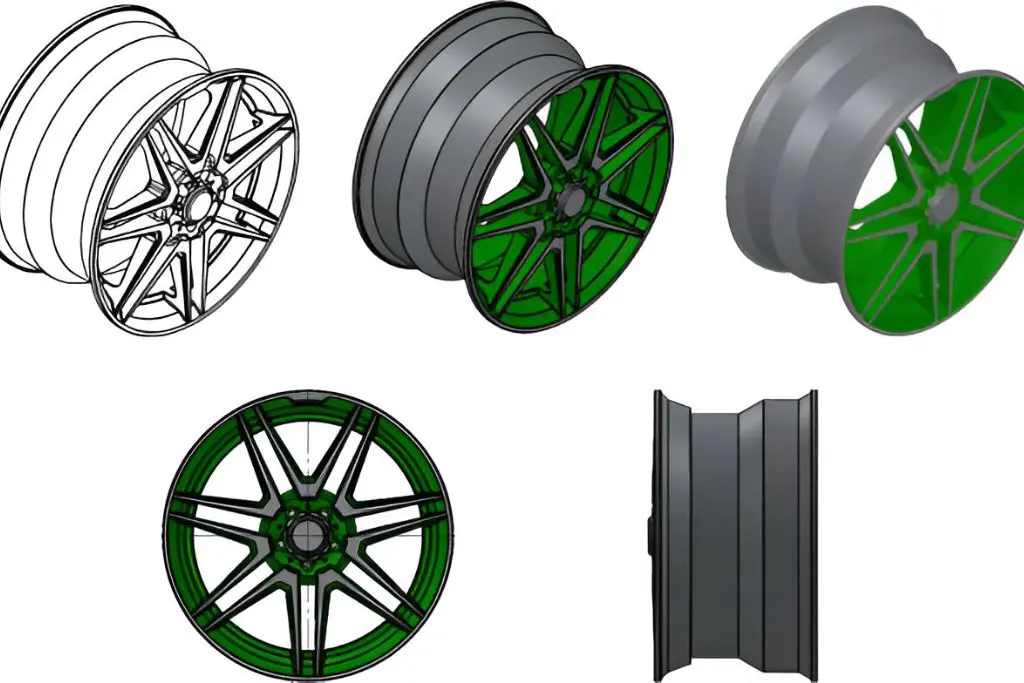
Tire and Axle Complications
Uneven tire wear can happen with bad wheel bearings. One tire might wear out faster than the others. Look for odd wear patterns on the tire treads.
Axle damage can occur if bearing problems are ignored. The wheel might wobble more than usual. In extreme cases, the wheel could even come loose while driving.
Tire temperatures can also be a clue. A wheel with a bad bearing might feel hotter than the others after a drive. This heat comes from extra friction in the bearing.
Diagnosing a Faulty One Way Bearing
A faulty one way bearing can be identified through visual checks and manual testing. Diagnostic tools also help pinpoint issues with these bearings.
Visual Inspection and Manual Testing
Start by looking closely at the one way bearing. Check for signs of wear, damage, or excessive play. Look for rust, cracks, or chips in the bearing surface.
Feel the bearing’s movement. It should turn freely in one direction but lock in the other. If it spins both ways or feels rough, it may be faulty.
Check the bearing’s lubrication. Proper grease is crucial for smooth operation. Dry or dirty grease can cause problems. Listen for unusual noises when the bearing moves. Grinding, clicking, or squealing sounds often mean trouble.

Use of Diagnostic Tools
A dial indicator can measure bearing play accurately. Attach it to the bearing and note any movement beyond normal limits. Thermal imaging cameras detect overheating in bearings. Hot spots may indicate friction issues or lack of lubrication.
Vibration analysis tools pick up abnormal bearing vibrations. These can reveal problems before they cause major damage. For bearings connected to ABS systems, scan for ABS light activation. This can signal bearing-related sensor issues.
Understanding the Impact of a Bad Bearing
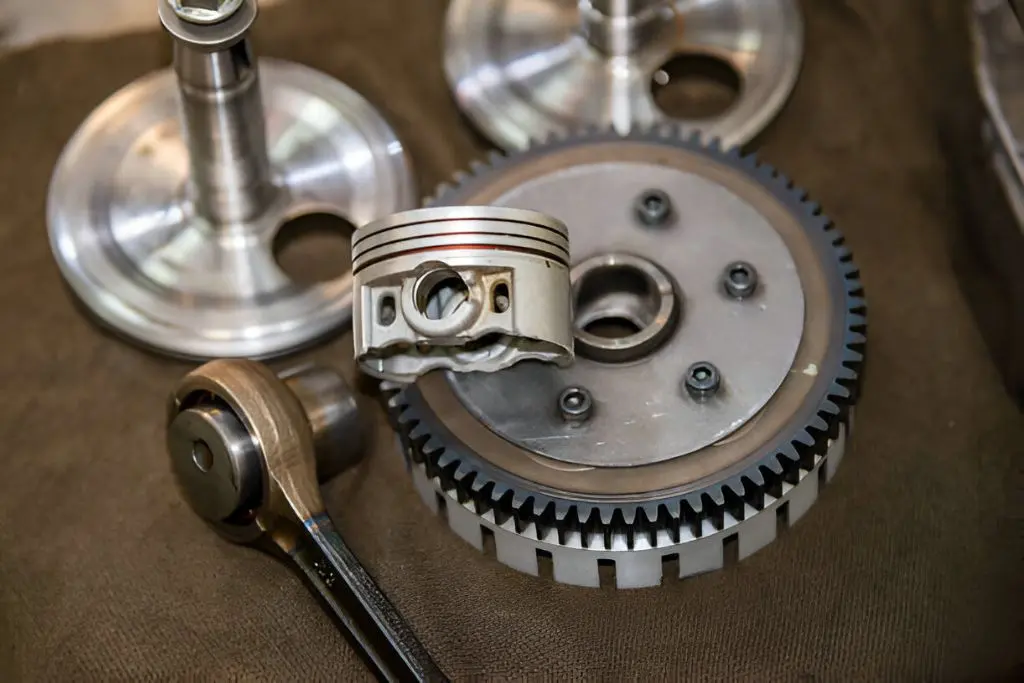
A bad bearing can cause serious problems for your vehicle. It affects steering, braking, and overall safety on the road. Ignoring the symptoms can lead to costly repairs and dangerous driving conditions.
Navigational Control Loss
A faulty wheel bearing can make steering difficult. The wheel may feel loose or wobbly. This affects the driver’s ability to control the vehicle accurately.
Steering issues often start subtly but get worse over time. The car might pull to one side or vibrate at certain speeds. These problems make it hard to keep the vehicle in its lane.
Bad bearings can also impact braking. The wheel may not spin freely, causing uneven brake wear. This can lead to longer stopping distances and reduced brake effectiveness.
Potential Risks of Ignoring Symptoms
Driving with a bad wheel bearing is risky. The most obvious sign is often a grinding noise from the wheel area. This noise usually gets louder as the problem worsens.
If left unchecked, a failing bearing can cause the wheel to seize up completely. This can happen suddenly, leading to loss of control and potential accidents.
Ignoring the symptoms can also result in more extensive damage. The hub assembly may need replacement, which is more expensive than just fixing the bearing.
Regular inspections can catch bearing issues early. This helps avoid costly repairs and keeps drivers safe on the road.
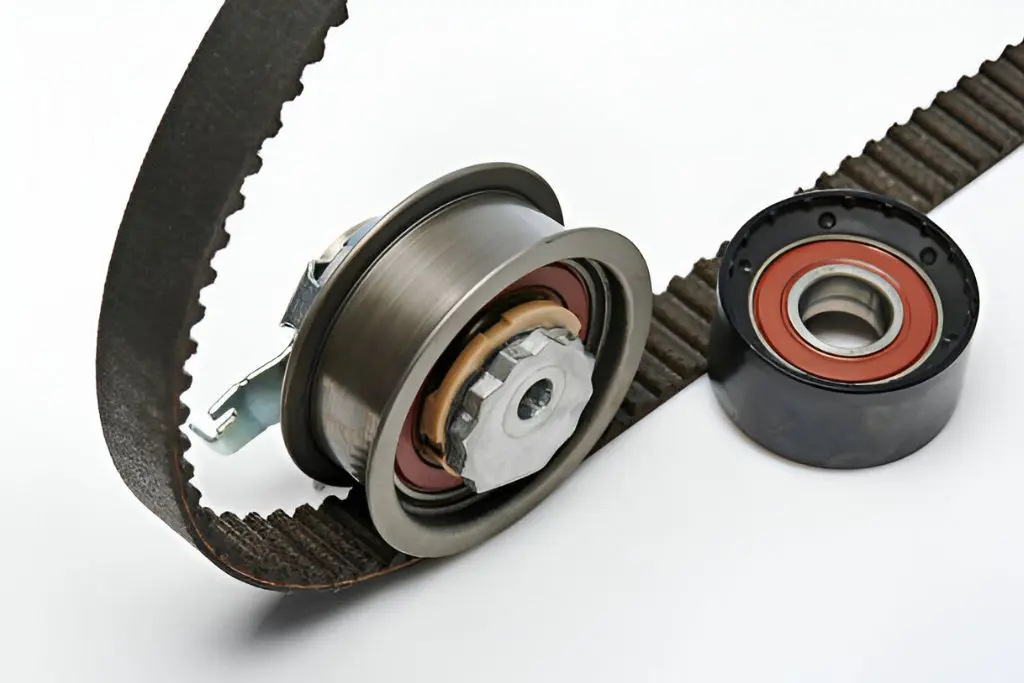
Maintenance and Replacement Solutions
Regular upkeep and timely replacement are crucial for one-way bearings. Proper care extends their lifespan while knowing replacement costs helps plan for repairs.
Proper Bearing Maintenance
One way bearings need regular care to work well. Clean bearings often to remove dirt and grime. Use a soft cloth and mild cleaner. Don’t use harsh chemicals.
Lubricate the bearings with the right grease. This cuts down on friction and wear. Check the manufacturer’s guide for the best type of grease to use.
Inspect bearings for damage or wear. Look for cracks, chips, or uneven surfaces. Replace bearings if you see these issues. Keep bearings dry. Water can cause rust and damage. If bearings get wet, dry them fully and add fresh grease.
Estimated Replacement Costs
The cost to replace one way bearings varies. Factors that affect price include the vehicle type and labor rates.
For a typical car, front wheel bearing replacement can cost $200 to $800 per wheel. Luxury or high-performance cars may cost more.
Parts usually make up about 30-50% of the total cost. Labor takes up the rest. Some shops charge a flat rate, while others bill by the hour.
DIY replacement can save money on labor. But it needs special tools and skills. Consider the time and effort needed before deciding to do it yourself.
Frequently Asked Questions
What are the typical indicators of a failing one way bearing in an ATV?
ATVs with failing one way bearings often make grinding or clicking noises. The engine may have trouble starting or stall unexpectedly. Riders might feel unusual vibrations through the handlebars or seats.
How can I diagnose a defective one way bearing in a Honda vehicle?
Honda vehicles with bad one way bearings may experience hard starts or no-start conditions. Listen for a whirring sound when the engine is off but the key is in the “on” position. Check for metal shavings in the oil filter or oil pan.
What symptoms should I look for when suspecting a bad one way bearing in a Polaris?
Polaris vehicles might show uneven tire wear if the one way bearing is failing. Pay attention to unusual noises when shifting gears or accelerating. The vehicle may also lose power or have trouble maintaining speed.
What signs suggest a Grizzly 660’s one way bearing might be failing?
A Grizzly 660 with a failing one way bearing may have starting issues, especially when cold. Listen for a rattling noise from the starter clutch area. The ATV might also experience intermittent power loss during rides.
How does incorrect installation of a one way bearing affect its operation?
Incorrectly installed one way bearings can cause immediate failure. The vehicle may not start at all, or the engine could seize. Unusual noises and vibrations are common with improper installation.
What are common warning signs of a one way bearing issue in a RZR 900?
RZR 900 riders should watch for shaking while driving. The vehicle may have trouble engaging 4-wheel drive. Listen for clicking sounds when accelerating or decelerating.
